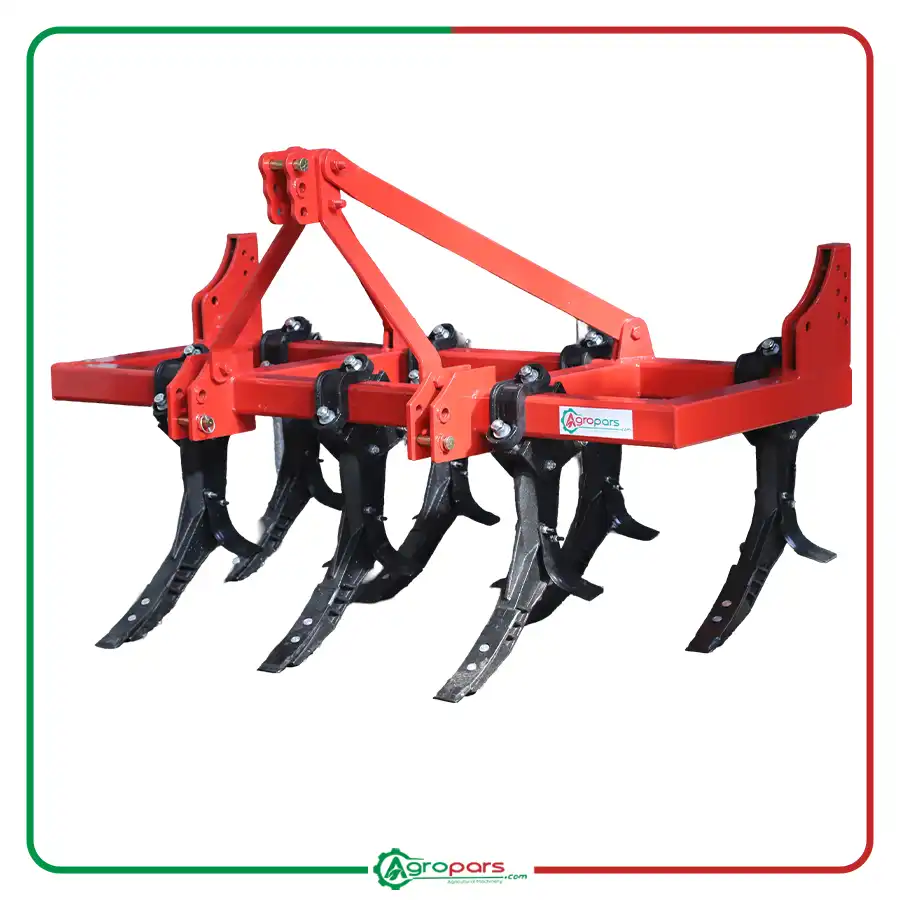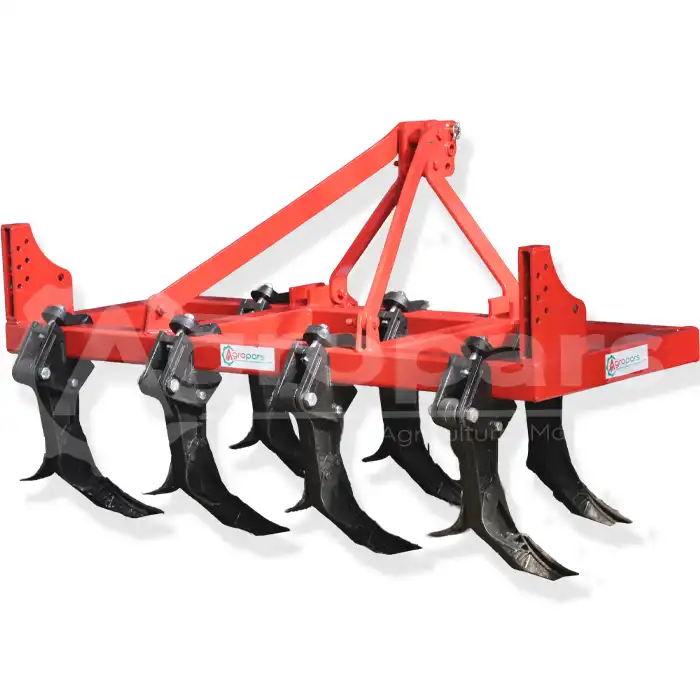Introduction
The chisel is a crucial tillage implement that plays a significant role in preparing agricultural land for cultivation. Selecting the appropriate chisel based on farm conditions, soil type, crop type, and tillage objectives can improve performance and increase farm productivity. In this article, we will examine the different types of chisels and how to choose the most suitable one for various farm conditions.

Types of Chisels
Chisels are divided into different types based on blade type, working depth, and application:
- Shank Chisels: These chisels are suitable for breaking hard soil layers and creating deep grooves.
- Winged Chisels: Winged chisels are used for shallow tillage and mixing crop residues with soil.
- Compound Chisels: These chisels are a combination of shank and winged chisels, suitable for tillage at various depths.
Factors Affecting Chisel Selection
To choose the right chisel, consider the following factors:
- Soil Type: Heavy and clay soils require shank chisels with high penetration power, while light and sandy soils perform better with winged chisels.
- Working Depth: The desired tillage depth determines the type of chisel. For deep tillage, shank chisels are suitable, and for shallow tillage, winged chisels are appropriate.
- Crop Type: The type of crop grown in the field also affects chisel selection. Some crops require deep tillage, while others need shallow tillage.
- Tillage Objectives: Tillage objectives, such as breaking hard soil layers, mixing crop residues, or creating grooves for planting, determine the type of chisel.

Conclusion
Choosing the right chisel for various farm conditions plays a vital role in improving performance and increasing farm productivity. By considering soil type, working depth, crop type, and tillage objectives, you can select the most suitable chisel for your farm.
I hope this translation is helpful.






